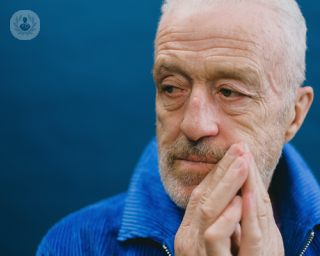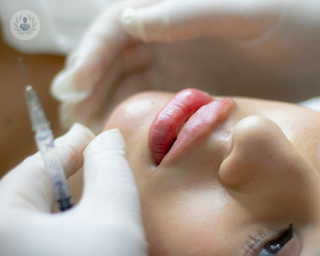
Written by Top Doctors
Urology
Urinary incontinence and prostate cancer: How is it treated?
Urinary incontinence is a common issue for men who have undergone treatment for prostate cancer, particularly after prostate surgery or radiation therapy. It occurs when the muscles and nerves controlling urination are affected, leading to involuntary leakage of urine. While incontinence can be distressing, effective treatments are available to help restore bladder control and improve quality of life.









